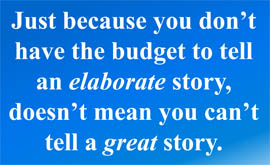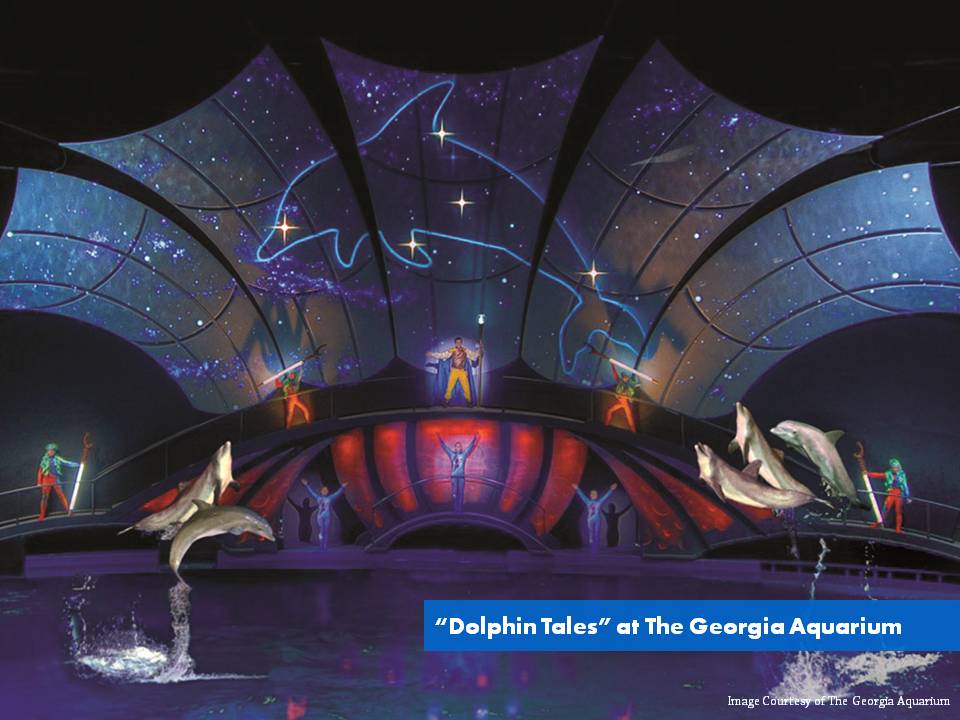One of the most interesting sessions I attended this year was lead by PGAV’s own fantastically enthusiastic designer, Dave Cooperstein. His specialty within our office is show production, which, you may think, is traditionally confined within the theme park arena. However, Dave’s point is every show--no matter how  small (think: keeper chat)--can tell a powerful story. It just takes a little planning.
Storytelling, as we’ve talked about before on Designing Zoos, is a powerful tool to reach your guests emotionally, on a personal level, and to convey a conservation message. Storytelling, and thus personal connection, is at the heart of great show production.
small (think: keeper chat)--can tell a powerful story. It just takes a little planning.
Storytelling, as we’ve talked about before on Designing Zoos, is a powerful tool to reach your guests emotionally, on a personal level, and to convey a conservation message. Storytelling, and thus personal connection, is at the heart of great show production.
Dave suggests that smaller ‘shows’ like keeper chats are excellent ways to connect on a personal level, and can be great theater. But these connections can be created on any  level, from a one-on-one interaction to a mega, arena show.
level, from a one-on-one interaction to a mega, arena show.
The critical element is to understand that varying audience sizes should be a strategy within your educational master plan, as each size and scope may more effectively convey a specific message. Beyond that, providing a variety of show experiences keeps families of all ages and sizes entertained throughout the day which increases satisfaction and encourages repeat visits.
 So how can you effectively plan shows for your institution? Dave suggests a logical approach of goal setting and programming based on a defined set of show production criteria, such as:
So how can you effectively plan shows for your institution? Dave suggests a logical approach of goal setting and programming based on a defined set of show production criteria, such as:
- Theater size
- Concessions
- Performer type
- Music
- Story conveyance
 Thorough evaluation of each of these characteristics looks not at the quality level, but at the specific assessment of size, scope, technology needs, staff allocation, etc. These evaluations will indicate where along the Show Production Scale your shows may fall—with the intention of creating a variety of experiences throughout your park.
Thorough evaluation of each of these characteristics looks not at the quality level, but at the specific assessment of size, scope, technology needs, staff allocation, etc. These evaluations will indicate where along the Show Production Scale your shows may fall—with the intention of creating a variety of experiences throughout your park.
Stay tuned for Part II where Dave explores the past, present and future of show production.























